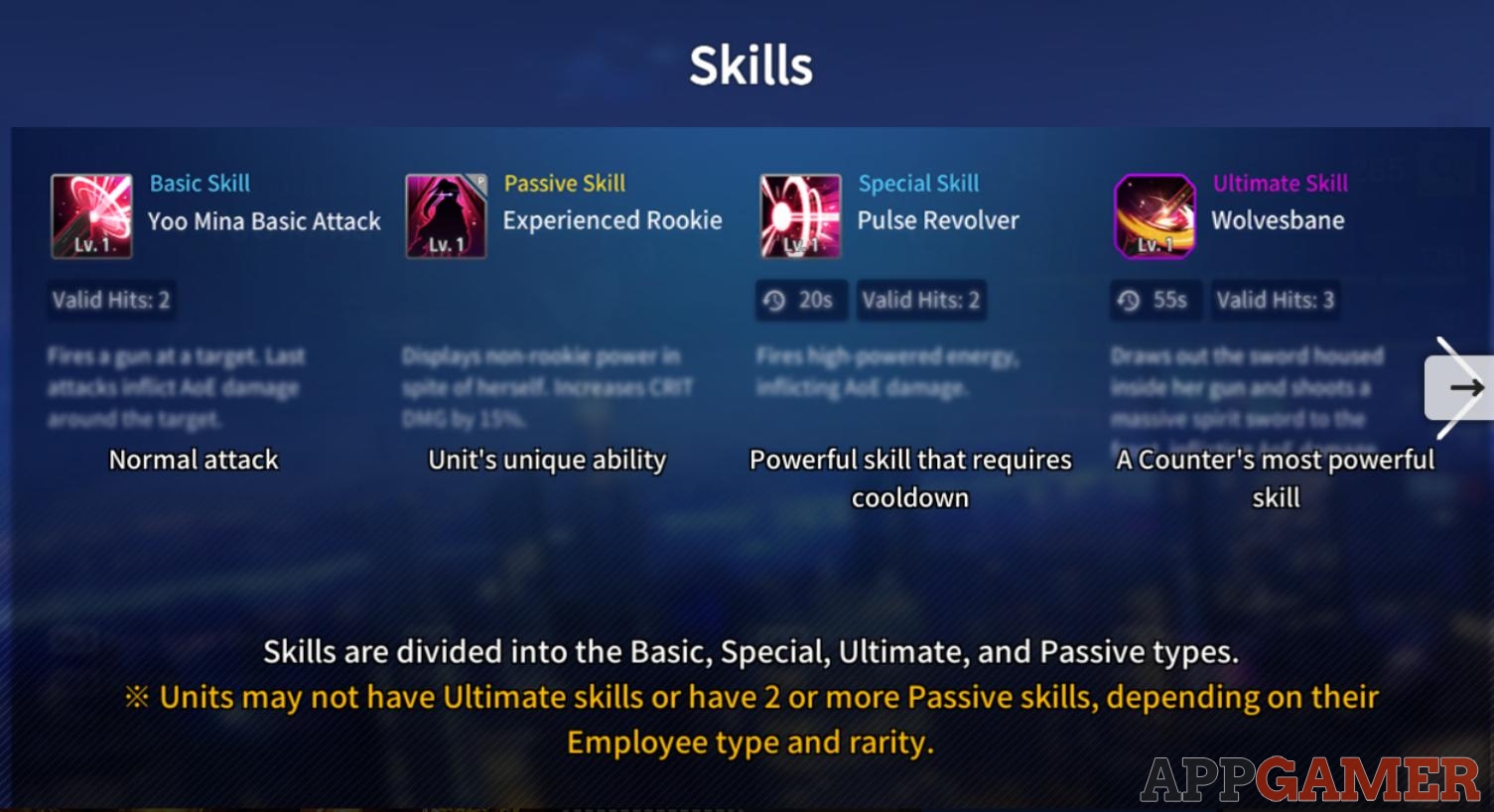In this captivating chapter, “Level Up with Skills Chapter 37,” we embark on an engaging journey to explore effective strategies for identifying, acquiring, and enhancing your skills. Get ready to unlock your potential and elevate your professional prowess!
As we delve into the chapter, you’ll discover proven methods for staying abreast of industry advancements, crafting a personalized learning plan, and maximizing your skill development efforts. Join us on this transformative adventure and witness how you can level up your skills and achieve extraordinary results.
Skills Acquisition Strategies

In the ever-evolving landscape of the modern workplace, acquiring new skills is paramount for professional growth and adaptability. This chapter explores effective strategies for identifying, acquiring, and staying abreast of new skills to enhance your career trajectory.
The first step in skill acquisition is identifying areas for improvement. This can be done through self-assessment, feedback from colleagues or mentors, or by reviewing industry trends and advancements. Once you have identified areas where you need to develop, you can create a personalized learning plan that Artikels the steps you will take to acquire the desired skills.
Staying Updated with Industry Trends and Advancements
To stay updated with the latest industry trends and advancements, it is important to engage in continuous learning. This can be done through a variety of methods, such as attending industry events, reading industry publications, or taking online courses. By staying abreast of new developments, you can identify emerging skills that may be valuable in your field.
Developing a Personalized Learning Plan, Level up with skills chapter 37
A personalized learning plan is a roadmap that Artikels the steps you will take to acquire new skills. This plan should be tailored to your individual needs and goals. When developing your plan, consider the following factors:
- Your current skills and knowledge
- Your career goals
- The resources available to you
Once you have developed a learning plan, it is important to stick to it and track your progress. By setting realistic goals and monitoring your progress, you can stay motivated and ensure that you are making progress towards your skill development goals.
Skill Development and Enhancement
Continuous skill development is crucial for personal and professional growth. It allows individuals to stay competitive in the evolving job market, adapt to new technologies and trends, and enhance their overall productivity.
Setting realistic skill development goals is essential. Consider your current skills, career aspirations, and the time and resources available. Break down large goals into smaller, manageable steps to avoid feeling overwhelmed.
Skill Application in Real-World Scenarios

Applying acquired skills in practical settings is crucial for professional growth and success. It involves utilizing knowledge, abilities, and techniques to solve problems, enhance productivity, and drive innovation. This section explores strategies for adapting skills to different situations and showcases successful skill application examples across various industries.
Strategies for Skill Adaptation
Adapting skills to different situations requires flexibility, creativity, and problem-solving abilities. Effective strategies include:
- Analyze the Context: Understand the specific requirements and constraints of the situation.
- Identify Relevant Skills: Determine which skills are most applicable to the task at hand.
- Modify and Combine Skills: Adapt existing skills or combine them with new ones to meet the unique demands of the situation.
- Seek Feedback and Iteration: Continuously gather feedback and refine your approach to enhance skill application.
Skill Assessment and Evaluation: Level Up With Skills Chapter 37

Regular skill assessment is crucial for monitoring progress, identifying areas for improvement, and making informed decisions about skill development.
To measure skill proficiency and progress, various methods can be employed:
Objective Assessments
- Performance Tests: Practical demonstrations of skills, evaluating performance against established criteria.
- Written Exams: Assessing theoretical knowledge and understanding through multiple-choice, essay, or short-answer questions.
- Simulations: Creating realistic scenarios to test skills in a controlled environment.
Subjective Assessments
- Self-Assessments: Individuals reflect on their own skills and progress, providing valuable insights into areas for improvement.
- Peer Feedback: Colleagues or peers observe and provide constructive criticism on skills, offering different perspectives.
- Managerial Evaluations: Supervisors assess employee skills through regular performance reviews, providing formal feedback and identifying areas for development.
By combining objective and subjective assessment methods, organizations can gain a comprehensive understanding of skill proficiency and progress.
Identifying Areas for Improvement
Skill assessments reveal areas where individuals excel and where they need to improve. To identify specific areas for development:
- Analyze Assessment Results: Examine assessment scores, feedback, and observations to pinpoint areas where skills are lacking or underdeveloped.
- Conduct Skills Gap Analysis: Compare current skills to desired skills for a specific role or industry, identifying gaps that need to be addressed.
- Seek Input from Others: Engage with peers, managers, or mentors to gain insights into areas where improvement is necessary.
By identifying areas for improvement, individuals can tailor their skill development plans to focus on enhancing specific skills and achieving their professional goals.
Summary
As we conclude this insightful chapter, remember that continuous skill development is the key to unlocking your full potential. By embracing the strategies Artikeld here, you’ll be equipped to navigate the ever-evolving job market, adapt to new challenges, and achieve unprecedented success. Embrace the power of lifelong learning and watch your career soar to new heights.
Detailed FAQs
What are some effective methods for identifying new skills to acquire?
Conduct industry research, analyze job postings, identify gaps in your current skill set, and seek feedback from mentors and colleagues.
How can I create a personalized learning plan?
Assess your current skills, identify your goals, explore available learning resources, and set realistic timelines for skill development.
What strategies can I use to practice and refine my existing skills?
Engage in hands-on projects, participate in simulations, seek feedback from experts, and utilize online learning platforms.